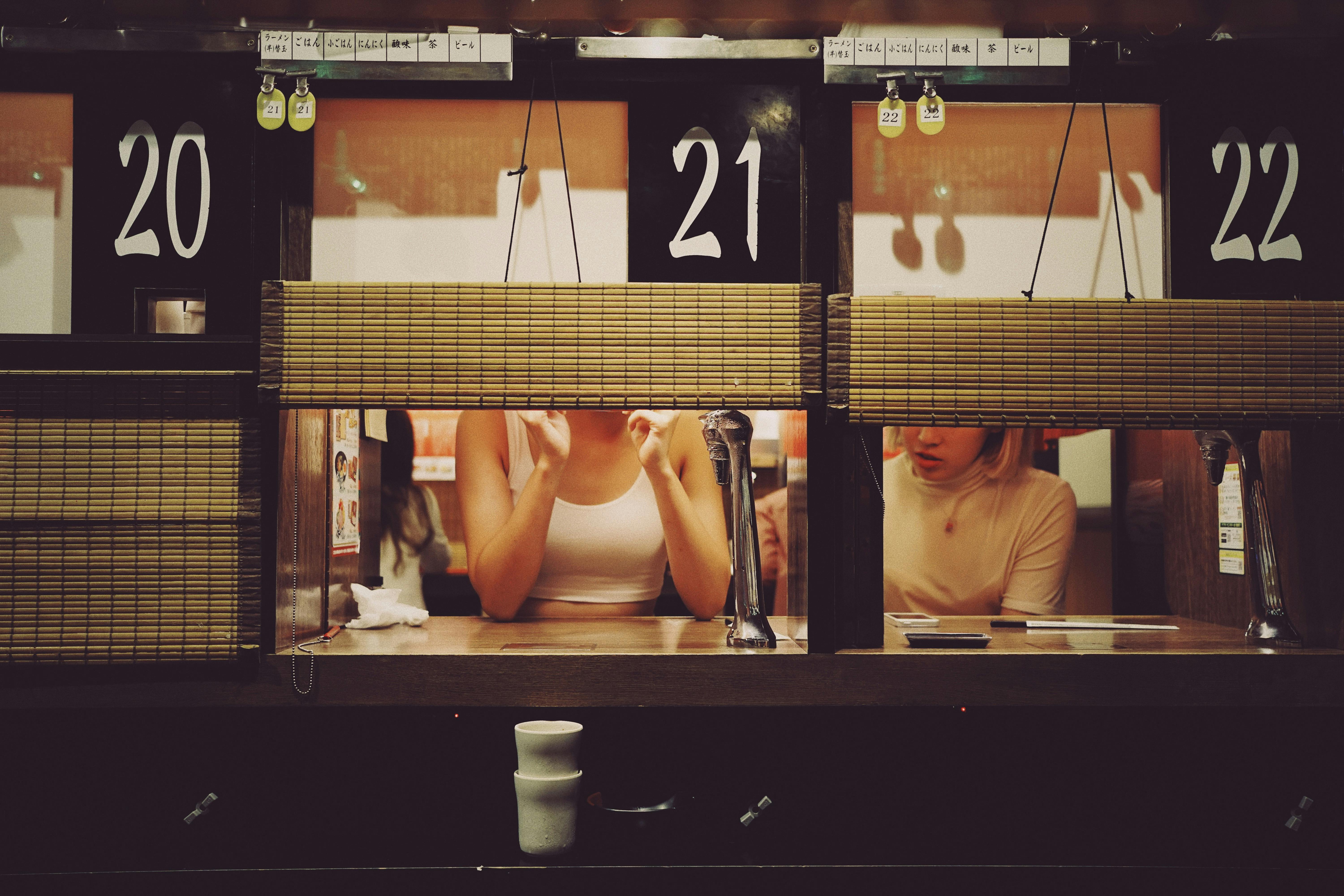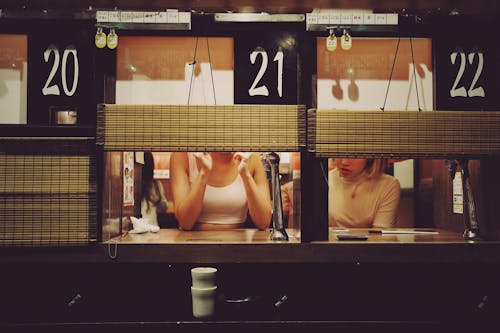
In Japan, it’s perfectly acceptable to hold your sharing plate, rice, or soup bowl in one hand.
What is considered rude while eating in Japan?
Is it rude to leave food in Japan?
Is it rude to talk with food in your mouth in Japan?
What is proper dining etiquette in Japan?
Is it rude to use a fork in Japan?
In Japan, it is not rude to use a fork instead of chopsticks.A lot of tourists are accommodated in restaurants.If you don’t look Asian, your server may ask if you want a fork.
Is it rude to burp in Japan?
Blowing your nose at the table is considered bad manners in Japan.It is considered good style to empty your dishes to the last grain of rice.
Is it rude to slurp noodles in Japan?
Loud slurping is rude in the U.S., but not in Japan.Don’t forget to use your chopsticks to get the noodles into your mouth.If you want to eat closer to your plate, you should bring your small bowl of food close to your face.
Do Japanese bathrooms have toilet paper?
Toilets in Japan are free to use and toilet paper is always provided.
Do Japanese eat everything with chopsticks?
Chopsticks are the most important eating utensils in Japan.The Japanese eat everything from rice and meat to noodles, salad, and more.
What do Japanese say before eating?
The phrase “I receive this food” is used by Japanese people before they eat.
What country is it rude to finish all your food?
This is the case in China.It’s rude to eat everything on your plate, even if you’re not hungry, because it implies that you’re still hungry.The host can make them feel bad if they haven’t provided enough food.
Is it rude to sneeze in Japan?
It is very rare for anyone to acknowledge a sneeze in Japan.They use these words after a sneeze.”Excuse me, are you all right?”
Is it rude to finish your plate in Japan?
Not finishing one’s meal is not considered impolite in Japan, but rather is a signal to the host that one does not wish to be served another helping.When finishing one’s meal completely, especially the rice, it shows that one is satisfied and doesn’t want to be served any more.
Why do people put a red cup under the toilet seat?
What is this?It is possible to let others know that there is no toilet paper by placing a red cup under the seat.People will be embarrassed and frustrated when they need toilet paper the most.
What is considered rude when visiting a restaurant in Japan?
Loud slurping is rude in the U.S., but not in Japan.Don’t forget to use your chopsticks to get the noodles into your mouth.If you want to eat closer to your plate, you should bring your small bowl of food close to your face.
Why is it rude to stick chopsticks in rice?
Do not stick your chopsticks into your food or rice when you are eating with them.In Chinese culture, this is a curse.This is taboo because it reminds people of the incense used in a funeral.
Why do Japanese say let’s eat?
They keep saying “let’s eat” as a way to say “let’s eat”.They just want to say thank you.They still do it despite the fact that they lost the essence.
What does Yare Yare mean?
If you’ve watched or read JoJo’s Bizzarre Adventure in Japanese, you’ll know the phrase “” by Jotaro Kujo.It’s a common expression in Japan to say “well well”, “good grief” and “Give me a break.”
What is last bite syndrome?
Each bite of a food or sip of a drink is enjoyed less than the previous one, a familiar phenomenon called “sensory-specific satiety.” So consuming a larger portion means that the average enjoyment of the food or drink being eaten is reduced.

